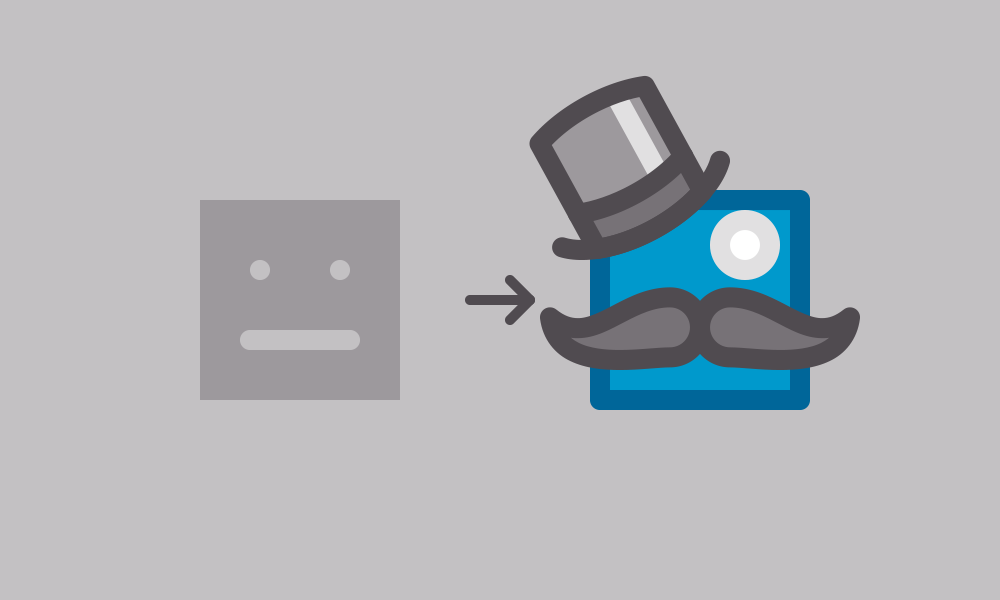
This is an update to a previous post I wrote on adding classes to blocks in Drupal 7
As I've stated before, I'm a big fan of Modular CSS which requires the ability to easily manage classes on your markup. This was often a struggle in previous versions of Drupal. However, Drupal 8 makes this significantly easier to manage thanks to a number of improvements to the front-end developer experience (DX). In this post we'll look at how two of these DX improvements, the Twig template language and hook_theme_suggestions_HOOK_alter, and how they make adding classes to blocks much easier to manage.
Twig allows us to easily open up a template file and add our classes where we need them. There are two main approaches to adding classes to a template file. The first is simple: open the file, add the class directly to the tag, save the file and move on with your life.
This works in a lot of cases, but may not be flexible enough. The second approach utilizes the new attributes object – the successor to Drupal 7's attributes array. The attribute object encapsulates all the attributes for a given tag. It also includes a number of methods which enable you to add, remove and alter those attributes before printing. For now we'll just focus on the attributes.addClass() method. You can learn more about available methods in the official Drupal 8 documentation.
Alternatively, we can add our class directly to the class attribute with the existing classes from the attribute.class then print the remaining attributes. To prevent the class attribute from printing twice, we exclude it using the without Twig filter. Either way works.
In any case, all our blocks on the site now look fancy as hell (assuming we've styled .block--fancy as such)
Template Suggestions
The above examples work. In reality if all our blocks look fancy, no blocks will look fancy. We need to apply this class only to our special blocks that truly deserve to be fancy. This introduces my second favorite DX improvement to Drupal 8 – hook_theme_suggestions_HOOK_alter.
If you wanted to make a custom template available for use to a certain block In Drupal 7, you had to do so in a preprocess function. Altering theme hook suggestions (the list of possible templates) in the Drupal 8 is delegated to its very own hook. The concept is pretty straight forward. Before Drupal renders an element, it looks at an array of possible template file names (a.k.a. suggestions) one-by-one. For each template file, it looks in the file system to see if that file exists in our theme, its base theme or core themes. Once it finds a match, it stops looking and renders the element using the matching template.
We'll use this hook to add our new template file to the list of suggestions. In the case of blocks, the function we'll define is hook_theme_suggestions_block_alter. It takes two arguments, the first is the array of suggestions which are passed by reference (by prefixing the parameter with a & so we can alter them directly. The second is the variables from our element that we can use to determine which templates we want to include.
Lets assume we renamed one of our templates above to block--fancy.html.twig and saved it to our theme. We then add the following function to my_theme.theme where "my_theme" is the name of our theme.
Now the account menu block on our site will use block--fancy.html.twig as we can see from the output of twig debug
This is just one example of the improvements in D8 theming. I'm really excited for the clarity that the new Twig templates bring to Drupal 8 and the simplicity of managing template suggestions through hook_theme_suggestions_HOOK_alter.
